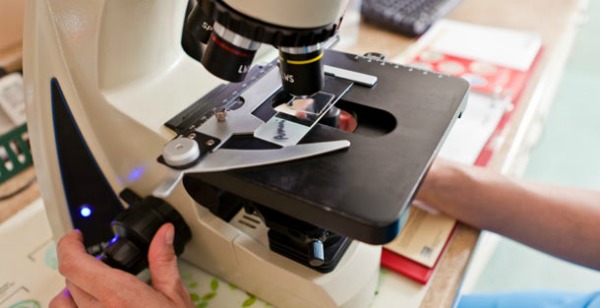
Skin cancer is the most widely prevalent type of cancer that affects a large section of the society, irrespective of the age group. The causes for developing skin cancer are numerous. However, depletion of the ozone layer is blamed for a large number of skin cancer cases nowadays. Depletion of ozone layer has led to penetration of harmful sunrays into the Earth’s atmosphere causing several degenerative changes in the environment, affecting humans, flora and fauna alike.
Harmful sunrays act by triggering changes in the DNA, forcing the skin cells to replicate at a faster rate than they would normally do. This could lead to development of sores, bumps that appear shiny and soft in nature, moles that are predominantly darker than the normal skin, etc. If you notice these type of changes in your skin, never neglect the condition and get immediate treatment to rule out the possibility of unwanted multiplication of cancerous cells.
Melanoma is considered to be the most deadly type of skin cancer because it has the ability to move around the body, spread elsewhere and damage vital organs and tissues. Other types of skin cancers include basal and squamous cell carcinoma.The changes that take place in the skin are extremely easy to notice as opposed to cancerous formations in internal organs, making skin cancer one of the easiest types of cancers to diagnose and treat. However, due to ignorance, a large number of people tend to neglect the condition and brush it aside as nothing serious.
Diagnosis used for detecting skin cancer
In most cases, your doctor can easily diagnose the condition just by observing your skin texture and condition.
1. Biopsy
This is one of the most effective tests to diagnose any type of cancer. Here, your doctor will take out a small amount of the cell or tissue from the affected region and examine the same under the microscope. The presence of tumorous cells or an abnormal functioning of the cells can easily be detected, helping your doctor to figure out whether it is a benign (non-intrusive and less dangerous) or malignant cell (rapidly spreads to different parts of the body and is deadly). If it is a case of melanoma, where the cells have the ability to damage the surrounding cells and tissues leading to rapid spread of cancer, the thickness of the melanoma will be ascertained to detect the seriousness of the condition.
2. Punch biopsy
Here, the doctor will make a hole in the affected region and remove the tissue to examine under the microscope.
3. Excisional biopsy
You are administered with local anesthesia. Your doctor will then remove the affected skin region completely along with some extra tissue that is surrounding the region to observe the presence of cancerous cells. This type of biopsy is possible only if the affected region is small.
4. Direct observation
Here, your doctor might observe the skin for a stipulated period of time to detect the presence or increase of moles on your body.
5. Evaluation of lymph nodes
Your doctor might also check out lymph nodes to see if there has been any unwanted enlargement. This could occur if the melanoma has spread to different parts of the body, making the condition significantly serious.
6. Evaluation of metastasis
This is performed if your doctor suspects that other parts of your body could have been infected with cancerous cells. CT scan and/or MRI are performed to check lungs, liver, brain and other vital organs.
7. Self-examination
The best way to detect and diagnose skin cancer is by performing self-examination. It is crucial for you to understand the difference in textures in your skin and not take a visible change for granted. A large percentage of skin cancer cases can be easily treated and cured if the affected individual performed a timely self-examination. Therefore, look out for abnormal mole development, formation of skin lesion or presence of ruptures or boils on your skin. If these occur without any prior injury on the skin surface, immediately consult a dermatologist or a skin doctor to rule out the possibility of developing skin cancer. You must perform self-examination every month.
Taking necessary precautions is an excellent way to deal with the issue. If you have a family history of skin cancer, it is highly recommended that you undertake a monthly self-examination test to detect the presence of unusual moles, sores, etc. It is also advisable to protect yourself from harmful sunrays if you live in a region that is labeled as “ozone depleted”. Use a sunscreen that is best suitable for your skin to shield yourself from sunrays. Wearing loose and protective clothing to prevent heat from building up inside your body is also beneficial.




